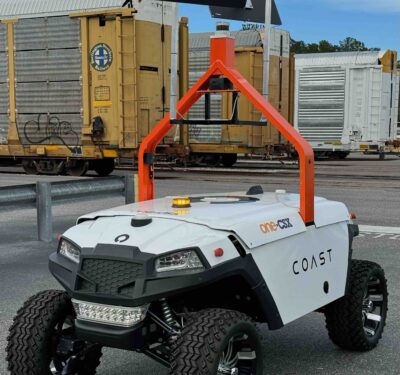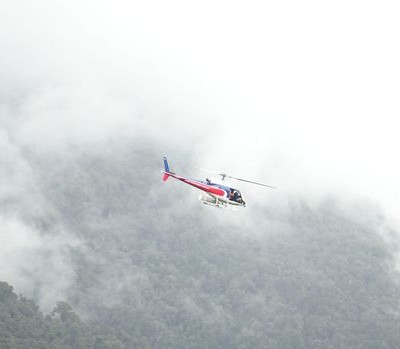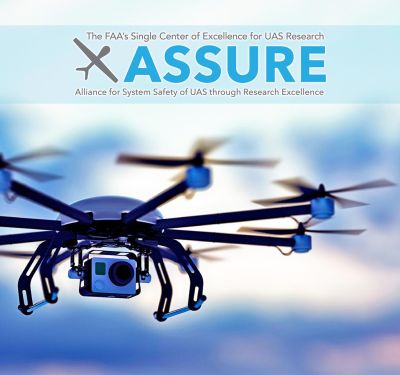
EpiSci has announced a strategic collaboration with Northrop Grumman, aiming to develop and deploy advanced autonomous tactical solutions for the benefit of the United States and its allies.
The partnership will see EpiSci’s cutting-edge TacticalAI software integrated into Northrop Grumman’s sophisticated aeronautics system architecture, thereby fast-tracking the provision of advanced autonomous solutions to the defense sector. This integration is anticipated to significantly enhance the operational efficiency and success of warfighter missions through trusted autonomous technologies.
Dr. Dan ‘Animal’ Javorsek, EpiSci’s Chief Technology Officer, expressed enthusiasm about the collaboration, emphasizing the swift integration of their software with Northrop Grumman’s hardware and control systems. “This collaboration is a monumental step towards delivering our trusted autonomous solutions more efficiently to our warfighters, ensuring their mission success,” Javorsek stated.
Tom Pieronek, Chief Technology Officer and Vice President of Research and Technology at Northrop Grumman’s Aeronautics Systems, highlighted the importance of partnering with innovative small businesses like EpiSci. “Through collaboration, we aim to rapidly introduce new capabilities to our warfighters while leveraging Northrop Grumman’s extensive experience in autonomy to maintain a strategic edge over adversarial threats,” Pieronek remarked.
The collaboration leverages the U.S. government’s open-architecture design, allowing Northrop Grumman’s autonomy solutions to incorporate third-party technologies. This approach enables uncrewed aircraft systems to adapt to evolving mission requirements, offering military commanders greater flexibility in complex scenarios. EpiSci’s TacticalAI, known for its hardware-agnostic and operationally informed design, is set to expand its application across a wider range of platforms, from uncrewed aerial and maritime systems to tactical fighter aircraft, marking a significant advancement in autonomous defense capabilities.
Image: EpiSci






